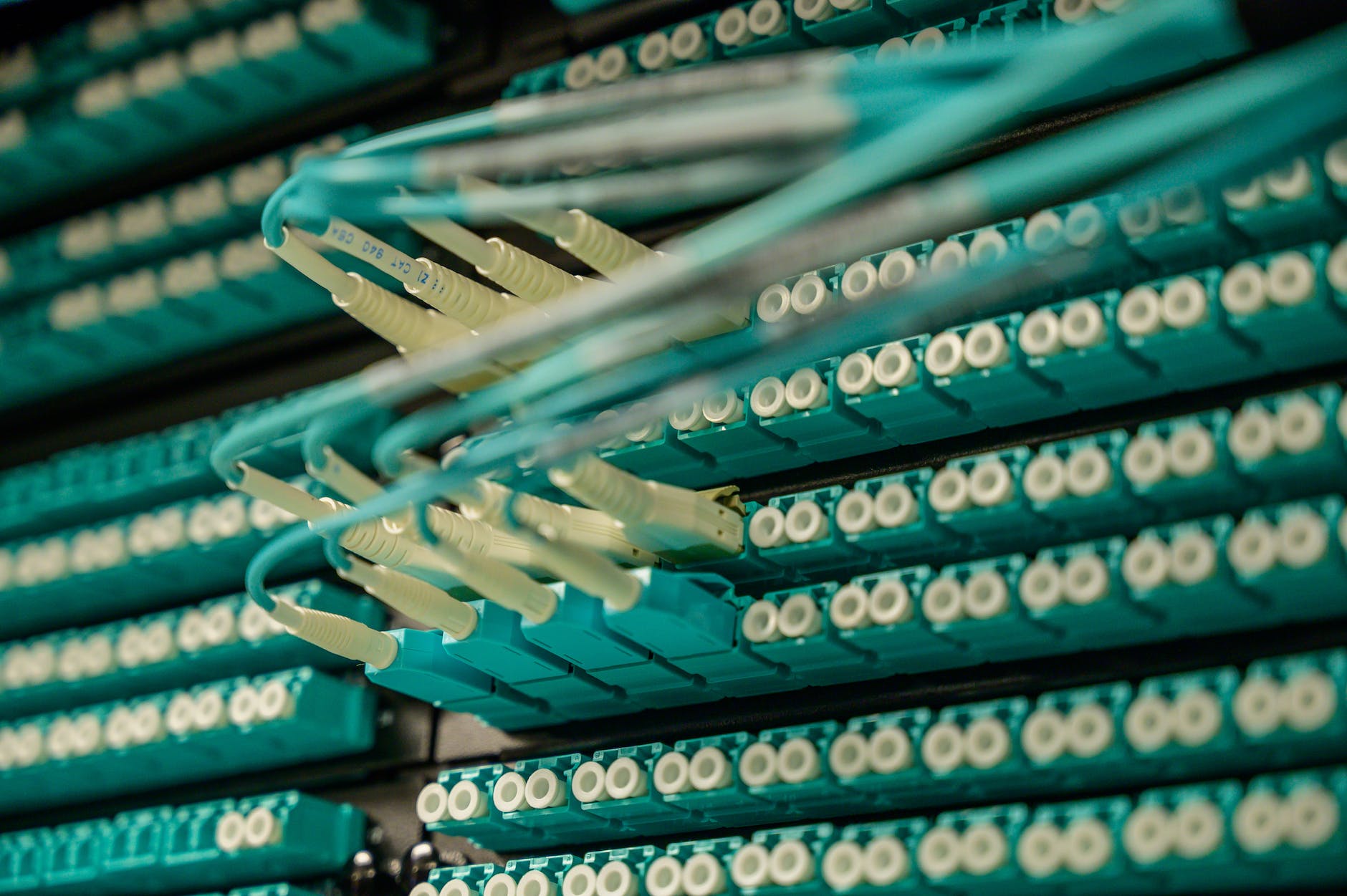Connectivity
Fixed broadband speed doubles in SA
Ookla, the company behind the Speedtest app, says that average fixed broadband speeds in South Africa rose from 15.11 Mbps in 2020 to 31.34 Mbps in 2022
Fixed broadband speeds in South Africa doubled over the past three years benefiting from increased competition and growth in Fiber to the Home subscriptions.
According to Ookla analysis, download speeds rose from 15.11 Mb,ps median speed in Q1-Q2 2020 to 31.34 Mbps in Q1-Q2 2022,
Ookla found that China topped the rankings across the BRICS countries, posting a median download speed of nearly 160 Mbps. South Africa, meanwhile, finished last, indicating that South Africa still has room to grow in terms of fixed broadband performance and adoption.
Gauteng, home to the country’s largest city, Johannesburg, had the best median fixed broadband download speeds of 38.47 Mbps and 27.92 Mbps upload speeds. Johannesburg, was the fastest of the five SA cities analysed.
The analysis also resulkted in a ranking of the Top Fixed Broadband Providers in South Africa. Cool Ideas took the lead with 48.32 Mbps upload speed and 47.89 Mbps download speed, with Afrihost in second place:
According to Ookla, “With only 10% of households connected to broadband, there is substantial room for growth, and operators are looking to extend fiber beyond affluent areas. Furthermore, there is a growing number of mergers and acquisitions in the market. South Africa is home to a complex fibre market with alternative ISPs competing for market share using open fibre networks deployed by Telkom’s wholesale division, Openserve, and alternative FNOs such as Vumatel.”
According to South African regulator Independent Communications Authority of South Africa (ICASA), fixed line broadband subscriptions increased by 20.4% in 2021, while Fiber to the Home/Building (FTTH/B) subscriptions grew by 34.4%. In fact, FTTH/B subscriptions have increased 44 times over the past seven years: from 31,843 in September 2015 to 1.4 million in September 2021, steadily replacing DSL lines.
“There are multiple drivers behind the growth of fibre in South Africa, ranging from Telkom retiring its legacy infrastructure, consumer demand for faster speeds, and the growing consumption of bandwidth-hungry content, from video streaming services to cloud-based enterprise applications,” says Ookla. “As such, the fixed incumbent, Telkom, is no longer the default wholesale infrastructure provider, which was the case with DSL.
“The increasing competition in South Africa gave birth to a very competitive and vibrant fibre wholesale market. In fact, South Africa is experiencing a fibre network operators (FNOs) boom, with over 30 FNOs deploying their own infrastructure and sharing it with other operators on an open-access basis.”



















